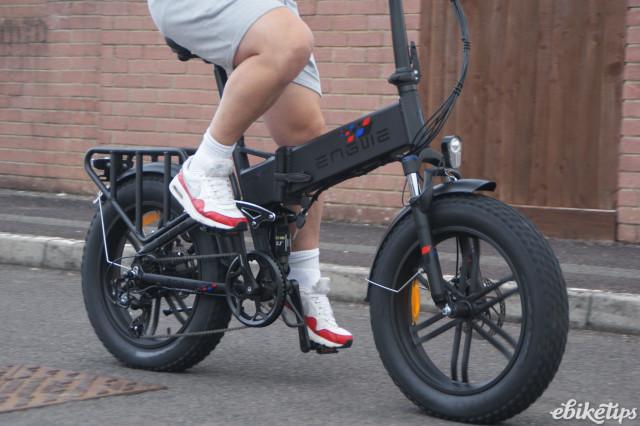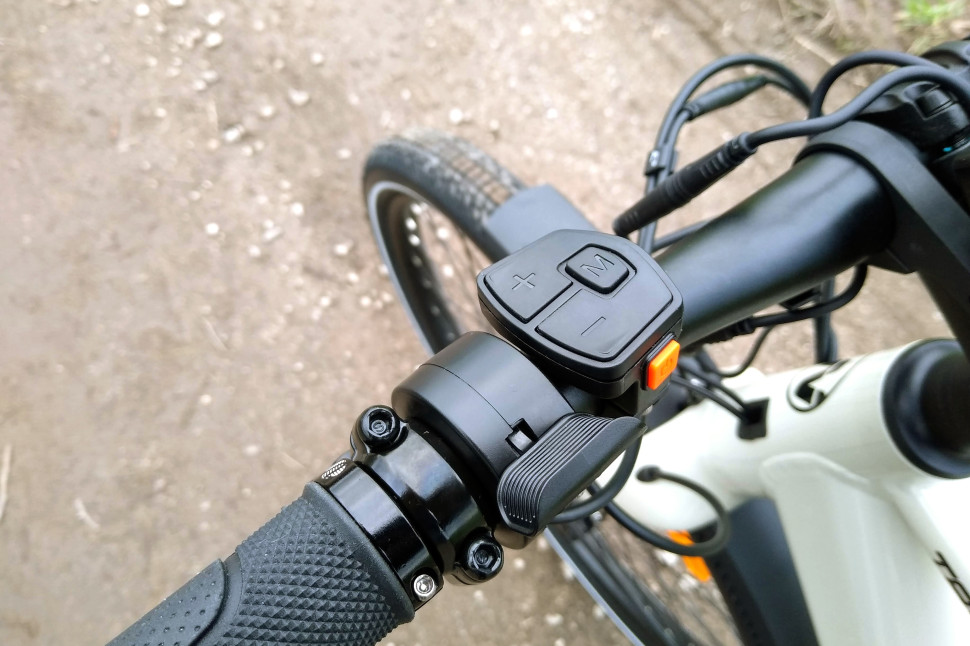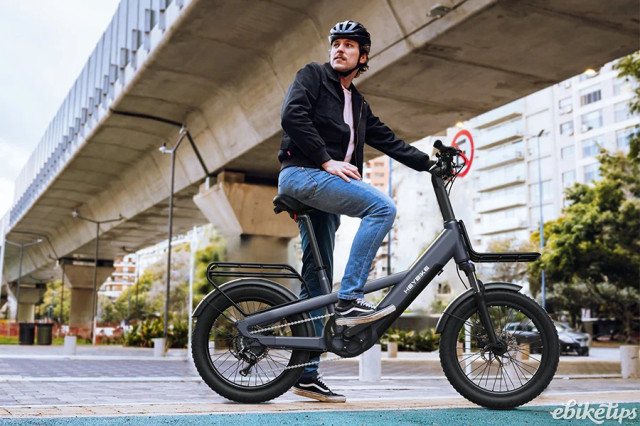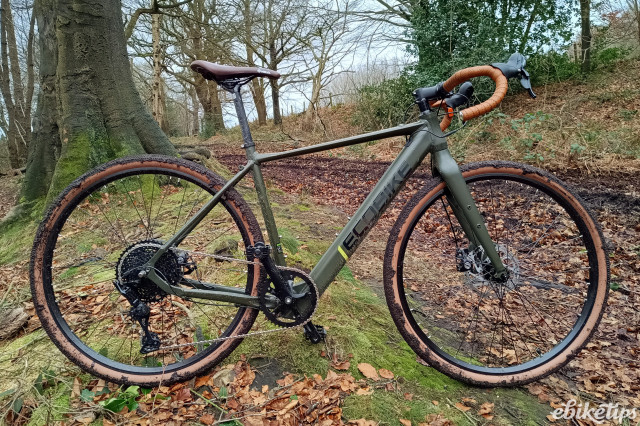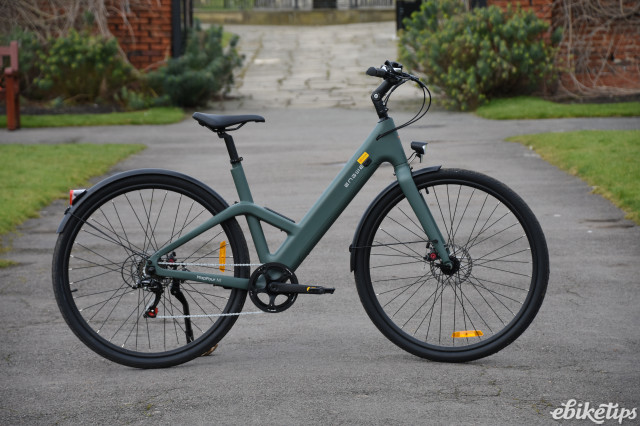The Government is to consult on doubling the legal wattage of electric bike motors to 500W. Another proposed change could see the return of the ‘twist and go’ with electric bikes permitted to reach the 15.5mph limit without the rider pedalling.
In the UK, certain e-bikes are legally equivalent to unassisted bicycles, meaning you do not need a licence to ride one and they do not need to be registered, taxed or insured.
These vehicles are known as electrically assisted pedal cycles (EAPCs) and the requirements to qualify are:
- The bike must be fitted with pedals that are capable of propelling it
- The maximum continuous rated power of the electric motor must not exceed 250W
- The electrical assistance must cut-off when the vehicle reaches 15.5mph
While many legal e-bike motors hit 500W for brief periods, in both the UK and Europe that term “continuous rated power” is key. It’s defined as “the maximum thirty minutes power at the output shaft of an electric engine as set out in UNECE regulation No 85.”
If an electric bike provides power assistance beyond that, it is currently considered a speed pedelec or moped and subject to additional regulations.
The Department for Transport (DfT) consultation asks whether this limit should be increased to 500W while retaining the 15.5mph power assistance limit.
Reaction
While some have called for changes to one or more of those EAPC requirements, they arguably all play a part in ensuring legal equivalence with unpowered bicycles.
Bosch CEO Claus Fischer has previously called the current speed limit “our treasure,” for example, arguing: “We must remain without licence and insurance requirement, with bike path access.”
Similarly, The Guardian reports that the Bicycle Association (BA) harbours significant concerns about raising the continuous rated power limit to 500W – even if the current 15.5mph speed limit were retained. It suggests higher powered vehicles would accelerate more quickly and would also require bigger batteries, making them heavier and more dangerous in crashes.
In a briefing document relating to the consultation, the trade body said: “While the idea of more power and throttles may seem superficially attractive, we believe it cannot be introduced without putting at risk the electric cycle’s category status as ‘not a motor vehicle’, which we [the cycle industry] understand as key to its role and potential as a universal mode of transport.
“We consider this proposal highly risky for the current e-bike category, which relies for its success on e-bikes being treated legally as cycles, not as motor vehicles. This may be impossible to sustain if these new rules go through. There are also serious safety implications and possible unintended consequences to this proposed change.”
The BA said it did not know why ministers had decided to go ahead with the consultation, suggesting it might be to demonstrate the UK can diverge from EU rules, or because there was demand from logistics firms looking to operate with e-cargo bikes which will often need to carry heavy loads.
Twist and go
The proposed increase in permitted motor power perhaps goes hand in hand with a floated move to again permit e-bikes controlled by a throttle.
Throttle controls are currently only permitted for speeds up to 6km/h (as a walking mode to help you move your bike around). Beyond that, the motor is only supposed to provide assistance when the rider is pedalling.
Despite this, a throttle only e-bike can in fact be ridden without a helmet, licence, tax and insurance as long as it is first type approved as an L1e electric bike in the 250W Low Powered Moped category. This is not straightforward, as it requires taking the bike to an MOT centre for testing and approval, and it is no mean feat to find one that can perform the task.
> Alternatives to e-bikes – what other light electric vehicles can you ride in the UK?
Throttle-only e-bikes do however offer clear advantages over EAPCs, such as if a person has health problems that make it difficult to pedal. At the same time, they will offer less power overall where the motor’s contribution is not supplemented by human effort.
This perhaps explains why the Government’s guidance to council’s undertaking e-scooter trials sets a limit of 500W for maximum continuous power – e-scooters being powered by the motor only.
It is however worth highlighting that during the ongoing trials, e-scooters are being classed as motor vehicles, meaning riders need insurance and the necessary type of driving licence.
